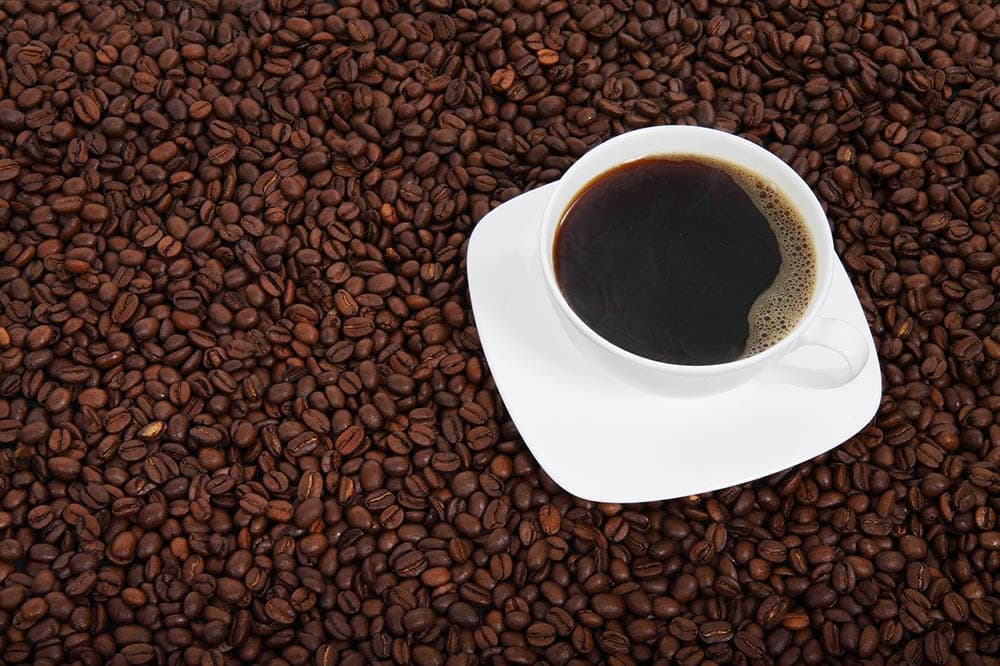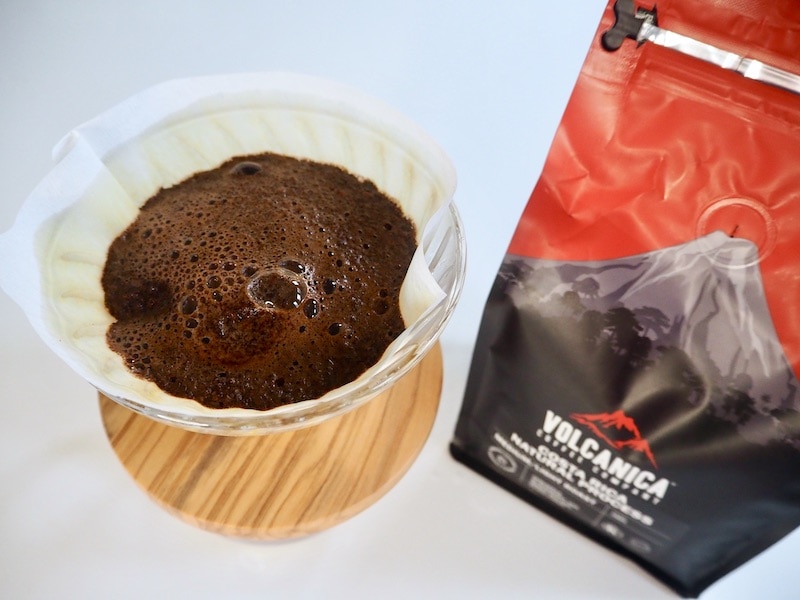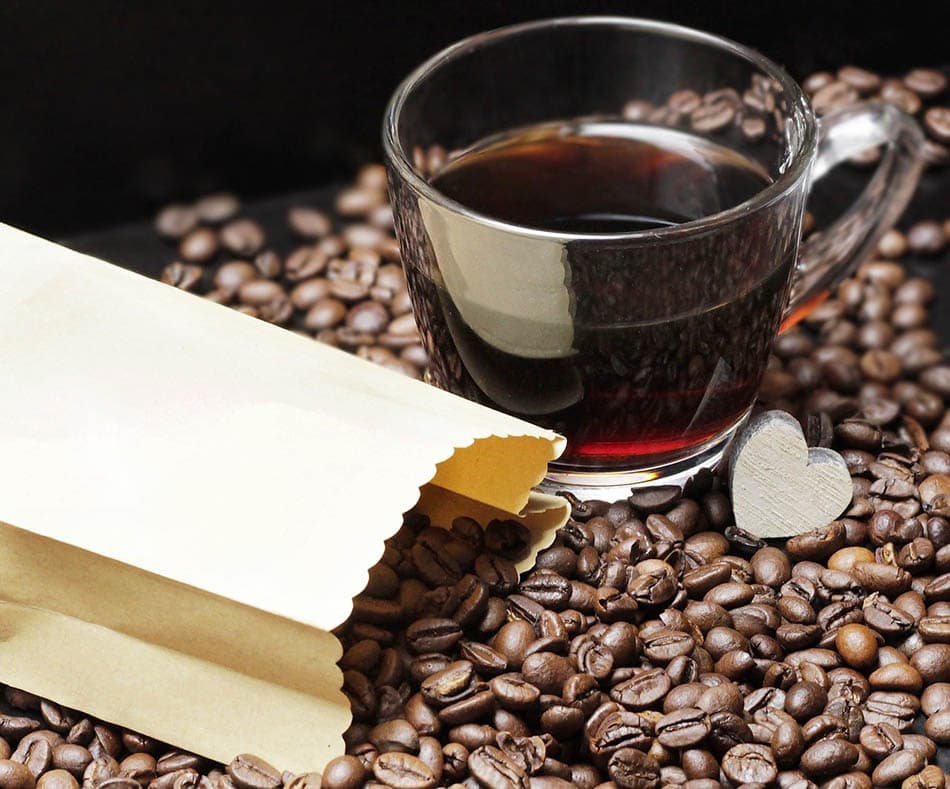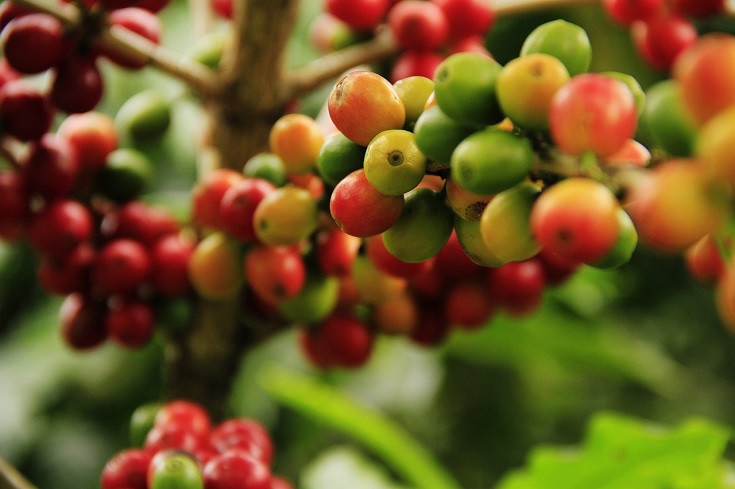
Coffee comes in many different varieties. There are different brewing methods and different origins, you can drink it with milk or without, and you can tweak and tune each cup by altering some of the brew parameters until you get your coffee just right. New coffee drinkers can easily become overwhelmed by all the available choices, and it might seem impossible to figure out what kind of coffee they like best.
One aspect of coffee that can be especially confusing for new coffee drinkers is the concept of strong or bold coffee. You might think that there is one right way to use each coffee brewing method to get optimal results, but that actually isn’t true. One of the most common ways people adjust their coffee to suit their taste better is by changing its strength. In this article, we’re going to break down everything you need to know about bold coffee. We cover how to make bold coffee, how to diagnose your coffee’s strength and techniques for changing that strength. Let’s begin.

What is Coffee Strength?
Let us start with the basics. When coffee drinkers talk about the strength of their coffee, they mean how flavorful it is. Bold coffee generally is packed with in-your-face tasting notes that are hard to miss, but that doesn’t mean bold coffee always has the same flavors. Different origins and roast profiles will drastically alter what flavors you taste in your cup. A bold light roast Ethiopian coffee will have abundant fruity and floral flavors, while an equally bold Colombian coffee will be chocolatey and nutty.

Caffeine content is another aspect of coffee strength and goes hand-in-hand with robust flavors. Bold coffee tends to have more caffeine than a mild brew made with the same beans, although the overall caffeine content of any coffee is more dependent on the bean’s intrinsic caffeine content and the roast.
Practically speaking, coffee strength is related to how much coffee you use for a given amount of water. Baristas often refer to the coffee-to-water ratio to help communicate what strength level they’re targeting. A good rule of thumb is to shoot for around a 1:16 ratio of coffee to water when measuring both the beans and water by mass with a scale. When you use more coffee — like a 1:15 ratio, for example — the resulting brew is stronger and when you use less coffee — say, a 1:17 ratio — the cup will be weaker.
Bold Coffee is Not Bitter
A common misconception among novice coffee drinkers is that bold coffee is necessarily bitter. There is some relationship between strength and bitterness, but they are not synonyms. Bitter coffee is a result of over-extraction and is caused by using water that is too hot, using a grind size that is too fine, or letting the coffee grounds remain in contact with the brewing water for too long. Bitter coffee tastes harsh and often leaves a dry impression.
One possible reason bitterness and boldness get conflated is that attempting to make extremely bold coffee can lead to increased bitterness in extreme cases. For example, in a pour-over, using very low coffee-to-water ratios under 1:14 will cause the water to take longer to pass through the grounds, thereby increasing the amount of contact time between the coffee grounds and water. Under most conditions, however, strength and bitterness are unrelated.

How to Make Bold Coffee
The easiest way to make bold coffee is to use more coffee than you normally would. We recommend using a kitchen scale to weigh the coffee beans and water before brewing to ensure consistency between brews and to make it easier to make adjustments in the future. If you usually use a 1:16 coffee-to-water ratio, lowering that ratio to 1:15.5 or 1:15 will make a noticeably bolder cup of coffee.
To make this concrete, imagine you normally brew your coffee in a French press and use 320 grams of water and 20 g of coffee for a 1:16 coffee-to-water ratio. If you want to make a bolder cup, brew with 300 grams of water but use the same 20 g of coffee. It is important to keep the other brewing parameters like the grind size, steeping time, and water temperature constant to ensure that any differences are attributable to changing the strength.
After you brew coffee a few times using different coffee-to-water ratios, you’ll start to get a sense of how bold coffee tastes and begin building your intuition for how the choices you make during the brew affect your coffee’s strength.

Conclusion
Strength is a seemingly obvious aspect of coffee that is quite subtle when you dig a little deeper. Many people regularly confuse a coffee’s strength and extraction, leading them to assume that all bold coffee is bitter. In reality, bold coffee doesn’t have to be bitter, and the best way to learn the difference between strength and extraction is by practicing with your favorite brewing method. It will only take a few cups to start to get a sense of how using different coffee-to-water ratios change your coffee’s flavor and mouthfeel.
Featured Image Credit: Pixabay















